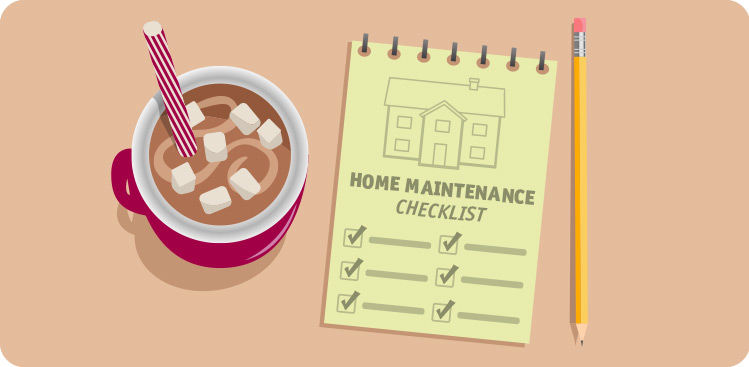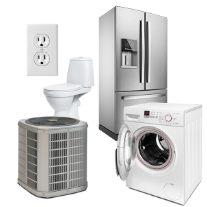Home maintenance issues can be a simple fix if you’re prepared with all of the right information. One way to make maintaining your home easier is to create a home maintenance guide. Keep reading to learn exactly what you should have in your guide.
Why do you need a home maintenance guide?
A maintenance guide helps you keep track of your most important home documents (like your Home Warranty Service Agreement paperwork), old service requests, user manuals for appliances, and lists of the tools you’ll need to get the job done. Much like a Home Warranty Service Agreement helps protect you from unexpected home repairs and replacements, a maintenance guide helps you plan for issues before they arise.
Plus, taking proper care of your home is an essential part of homeownership. For example, if a major system or appliance were to fail in your home due to neglect, the repair or replacement likely wouldn’t be covered under your Home Warranty Service Agreement.
What you need to include in your home maintenance guide
You can create your guide on paper or store it on your computer, whichever is easiest. If you’re creating a hard copy, it’s worth picking up some basic supplies such as a binder, hole punch, tabs and page protectors which will be helpful to keep the guide organized.
1) A home maintenance checklist. First, create a home maintenance checklist to include in your guide. Break tasks down by season and use separate lists for indoor and outdoor projects. Next to each item include a space to record when the task was last completed. If you want to go high-tech, this guide from Lifehacker can help you automate your maintenance. When I read the highlighted it sounds like maintenance will automatically happen. Does it help automate your maintenance schedule?
2) Copies of important paperwork. Next, track down your Home Warranty Service Agreement paperwork. While you have the document in hand you might as well review the terms and conditions of your Service Agreement to be sure that you have a strong understanding of your coverage.
These Agreements cover your home’s major systems and appliances, but these items likely also came with their own sets of paperwork. Include warranty information and troubleshooting guides in your binder, and scan them if you’re storing everything electronically. If something breaks down you won’t be left scrambling to find out whether that dishwasher is still covered under the manufacturer’s warranty. You’ll also have all of the contact information for your Home Warranty Service Agreement company, which makes scheduling service requests a pain-free process.
Finally, hold on to copies of old service requests for systems and appliances within your home. Having accurate records is important for a number of reasons and will make future requests for service easier to handle.
3) A list of important tools. The final section of your guide should include a list of tools that you own, a list of tools you need to purchase in the future and a mention of when they were purchased. Home Maintenance for Dummies has a basic list of tools that you should have to complete basic home maintenance projects, and it’s an excellent starting point.
Knowing what’s in your toolbox will make it easier to keep track of tools, and you’ll immediately know if something is missing.
A home maintenance guide is one tool you can use to keep your home safe and maintained. An affordable Home Warranty Service Agreement is another. Contact 2-10.com to insure that all your bases are covered!








